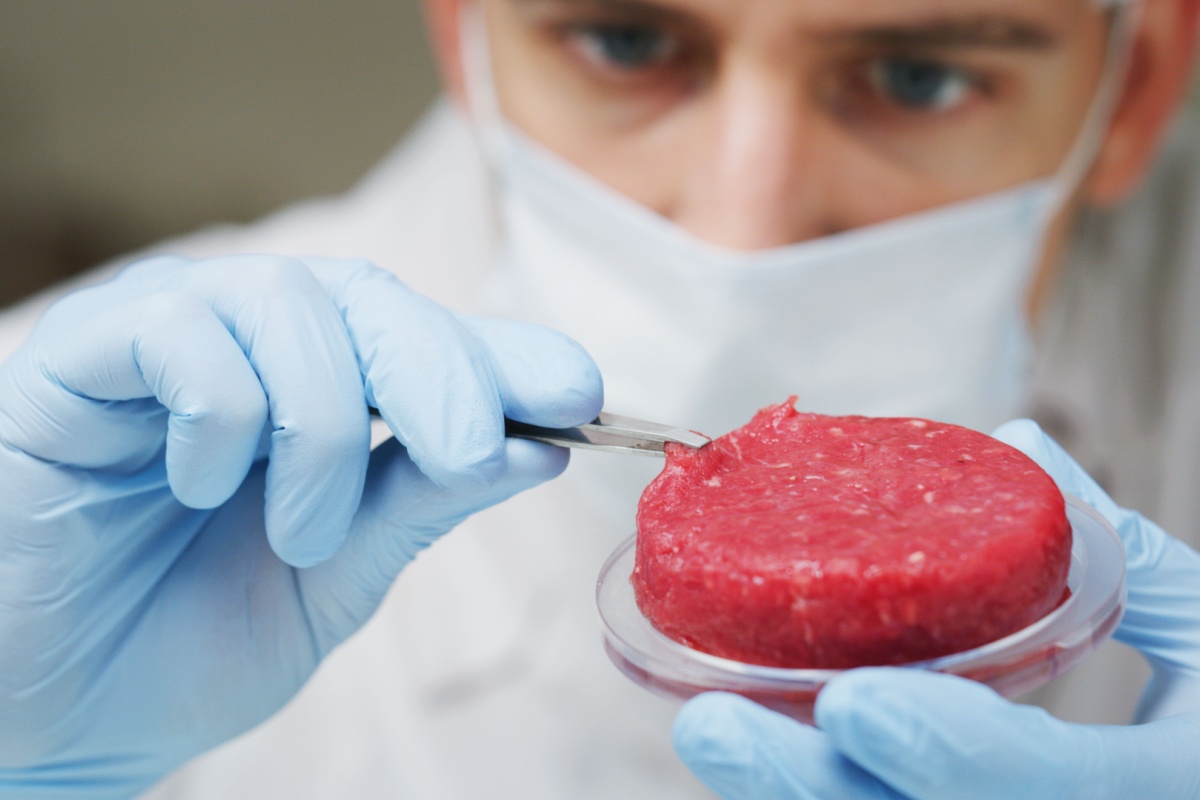15 Futuristic Foods That Could Be on Your Plate in the Next Decade
As technology continues to evolve, our food is also transforming in exciting ways. Scientists and innovators are developing new food sources that aim to be healthier, more sustainable, and capable of feeding a growing global population.
These futuristic foods could soon become a part of our everyday meals, changing how we think about nutrition and the environment. The future of food appears to be inventive and delicious, whether it involves 3D-printed dishes or lab-grown beef.
Here are some of the most promising and fascinating food developments that could be on your plate within the next ten years.
Lab-Grown Meat
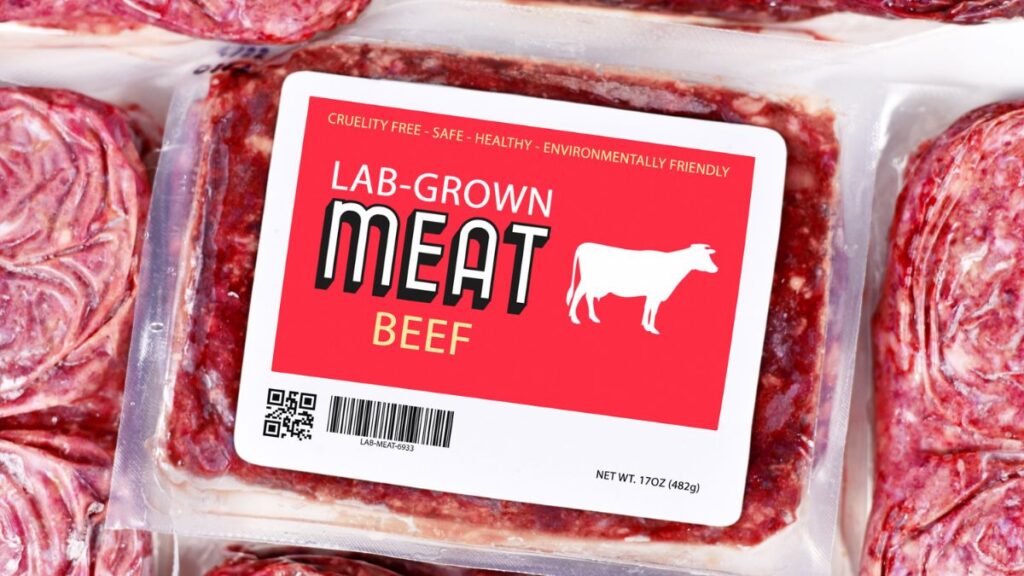
Lab-grown meat, also known as cultured meat, is created by taking animal cells and growing them in a lab. It looks, cooks, and tastes like real meat but without the need to raise and slaughter animals.
This technology has the potential to reduce the environmental impact of traditional farming by cutting down on land and water use. It can also minimize animal cruelty while providing a healthier alternative, as it can be produced without antibiotics or hormones.
Although still expensive to produce, lab-grown meat is expected to become more affordable shortly. In a decade, this could be a common option at grocery stores and restaurants.
Insect Protein

Eating insects may not sound appealing to everyone, but they are an excellent source of protein and require far fewer resources to farm than traditional livestock. Crickets, grasshoppers, and mealworms are already being used in protein powders, bars, and snacks.
Insects are high in protein, vitamins, and minerals, making them a nutritious and sustainable food source. As food production struggles to keep up with the growing population, insect-based foods could become a popular alternative.
In the next decade, insect protein might find its way into more of our diets in disguised forms like flour or burger patties.
Plant-Based Seafood
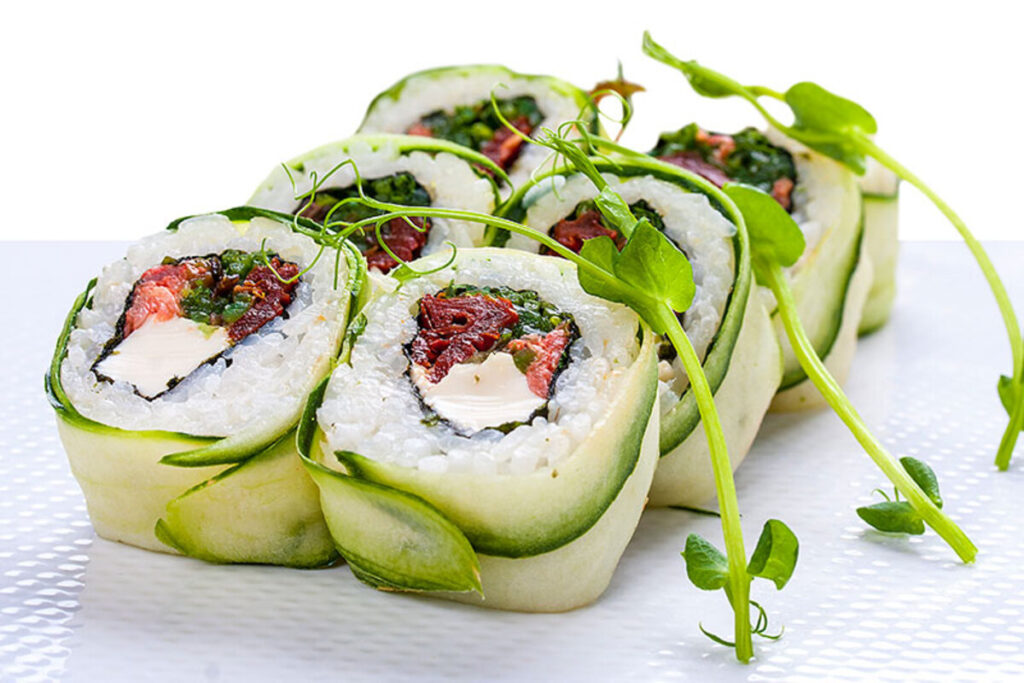
With overfishing becoming a major concern, plant-based seafood is emerging as a solution. Companies are creating fish alternatives from plant proteins, seaweed, and other natural ingredients that mimic the taste and texture of real seafood.
These products are designed to provide the same nutritional benefits as fish without harming marine life or contributing to ocean pollution. Plant-based seafood is already being tested in the market, and in the coming years, it could become as common as plant-based meat.
You may soon be eating seafood made completely from plants, whether sushi, shrimp, or fish fillets.
3D-Printed Food
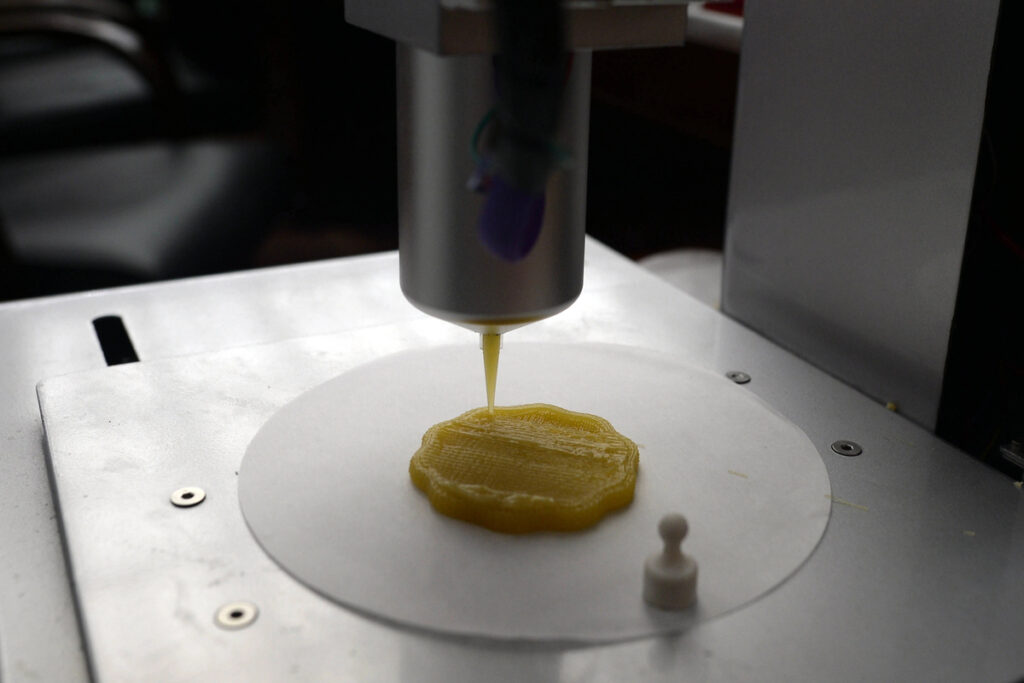
3D printing has moved beyond the tech world and into the kitchen, with the ability to create customized meals layer by layer. Using edible ingredients, 3D printers can craft intricate designs and unique food shapes that would be impossible to make by hand.
This technology also allows for personalized nutrition, where meals can be tailored to an individual’s dietary needs or preferences. Restaurants and food companies are beginning to experiment with 3D-printed food, and it could become a regular part of dining in the future. Imagine a future where your meal is printed on demand in your kitchen.
Edible Packaging
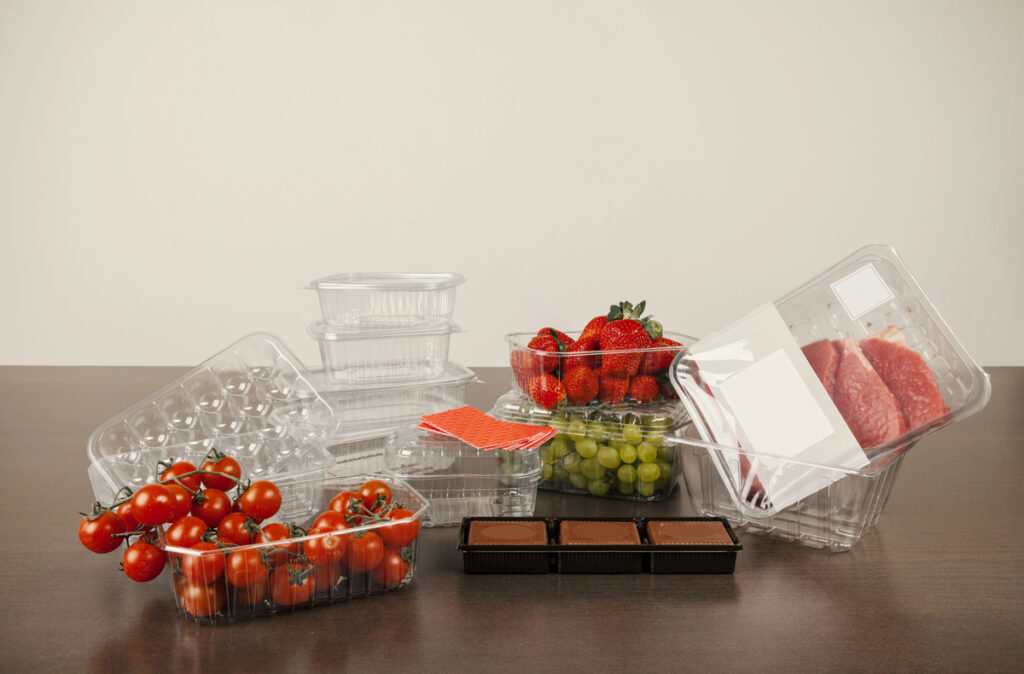
Edible packaging is being developed as a sustainable alternative to reduce plastic waste. These materials are made from natural ingredients like seaweed, rice, or potato starch and can be eaten along with the food they contain.
Edible packaging could replace single-use plastics, helping to reduce pollution and the amount of waste in landfills. Companies are already experimenting with drinkable coffee cups and wrappers for snacks that can be eaten.
In the next decade, edible packaging could become a standard part of food products, allowing you to enjoy your meal and its packaging.
Algae-Based Foods
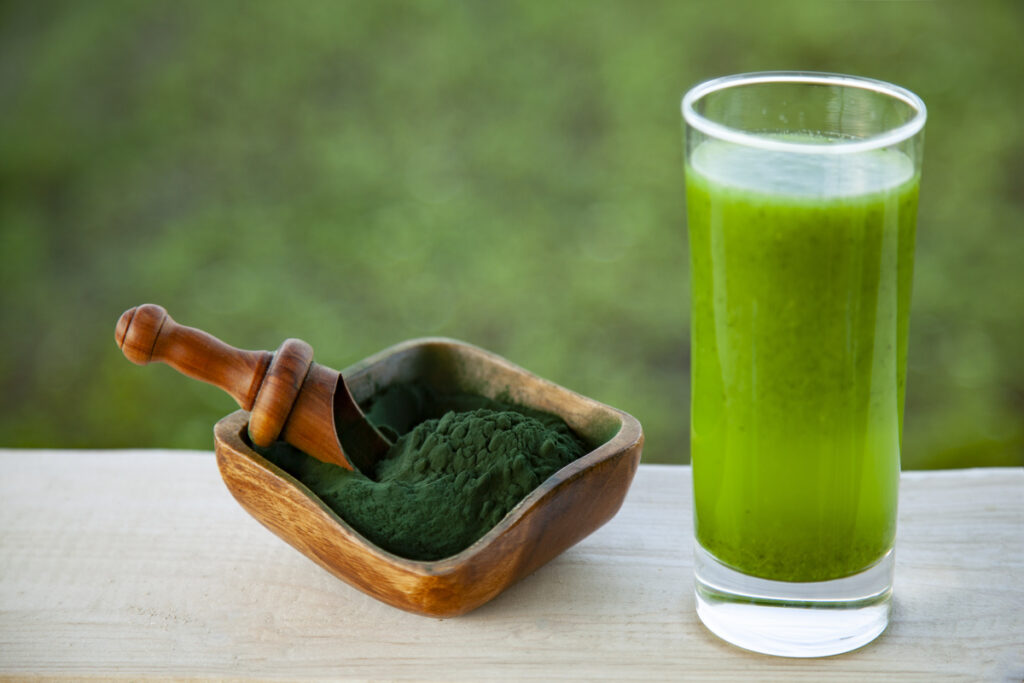
Algae, such as spirulina and chlorella, are nutrient-dense foods that grow quickly and require little water or land. They are high in protein, vitamins, and antioxidants, making them a potential superfood of the future.
Algae is already being used in health supplements and smoothies, but it could play a larger role in everyday meals in the coming years. Scientists are exploring ways to incorporate algae into snacks, drinks, and even main dishes.
With its sustainability and health benefits, algae-based foods could become a staple in the next decade.
Cell-Based Dairy
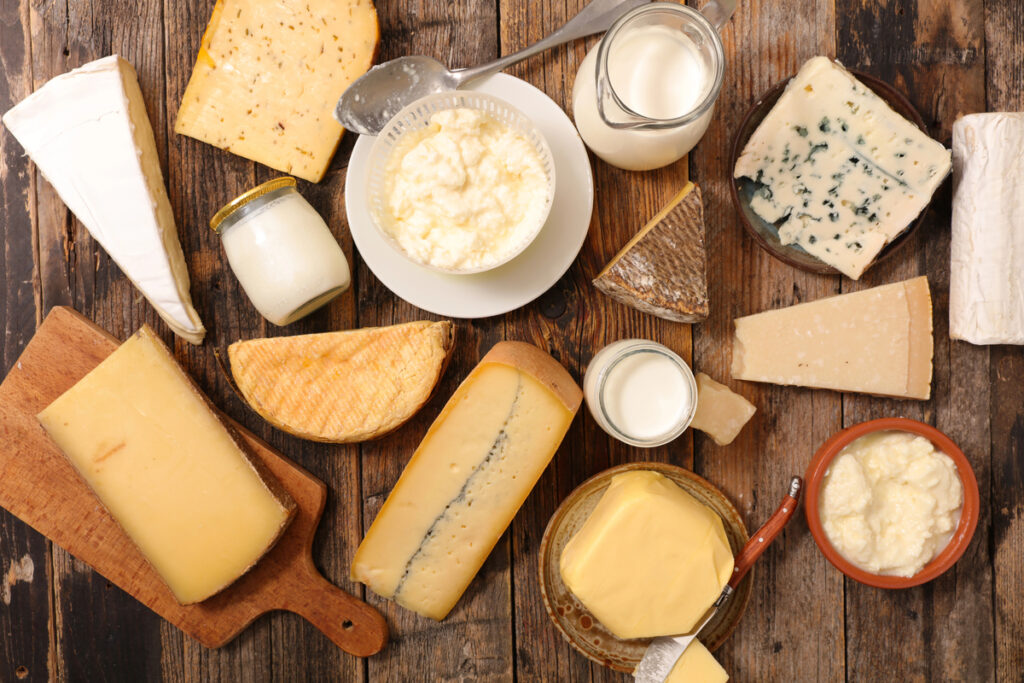
Like lab-grown meat, cell-based dairy products are created by culturing milk cells in a lab. These dairy products, like milk, cheese, and yogurt, are produced without the need for cows, which could reduce the environmental impact of dairy farming.
Cell-based dairy promises to taste like traditional dairy but can be made more efficiently and sustainably. Some companies are already producing lab-made ice cream and cream cheese, and more dairy alternatives will likely hit the market soon. In the future, you could be drinking milk made entirely in a lab.
Personalized Nutrition
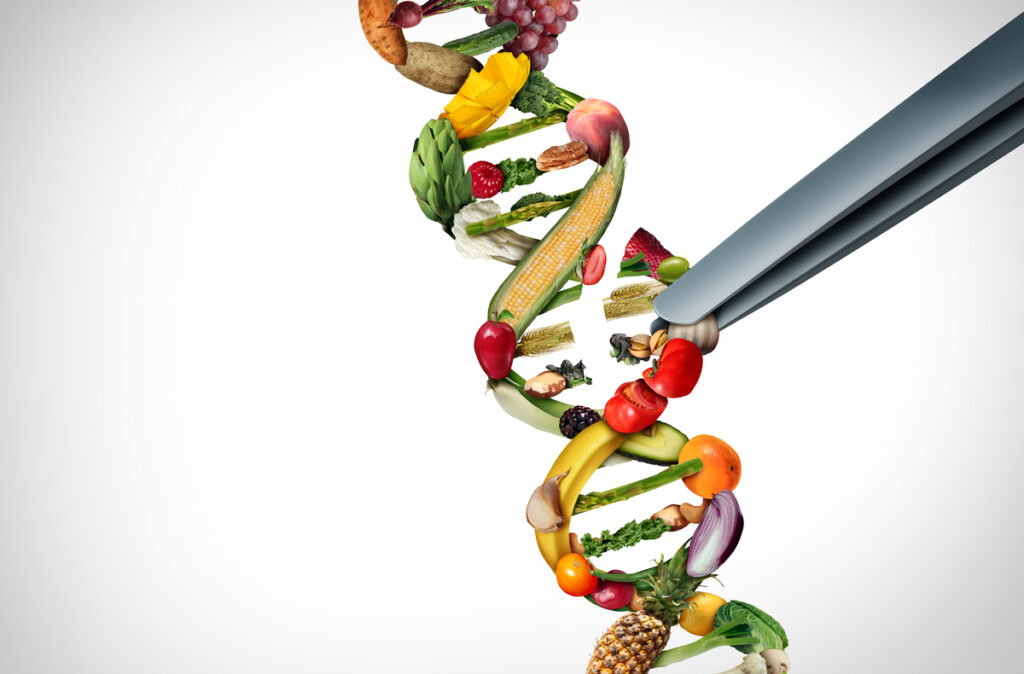
The future of food could be highly personalized, with meals designed specifically for your body’s needs. Using DNA testing and data from wearable devices, companies are developing tailored nutrition plans that match your genetic makeup, activity level, and health goals.
Personalized nutrition could help prevent diseases, improve energy levels, and optimize overall health by providing the exact nutrients your body needs. This approach is already being tested, and in the next decade, we could see a rise in meal delivery services and food products customized for individuals. Your diet may soon be as unique as your fingerprint.
Mushroom-Based Meat
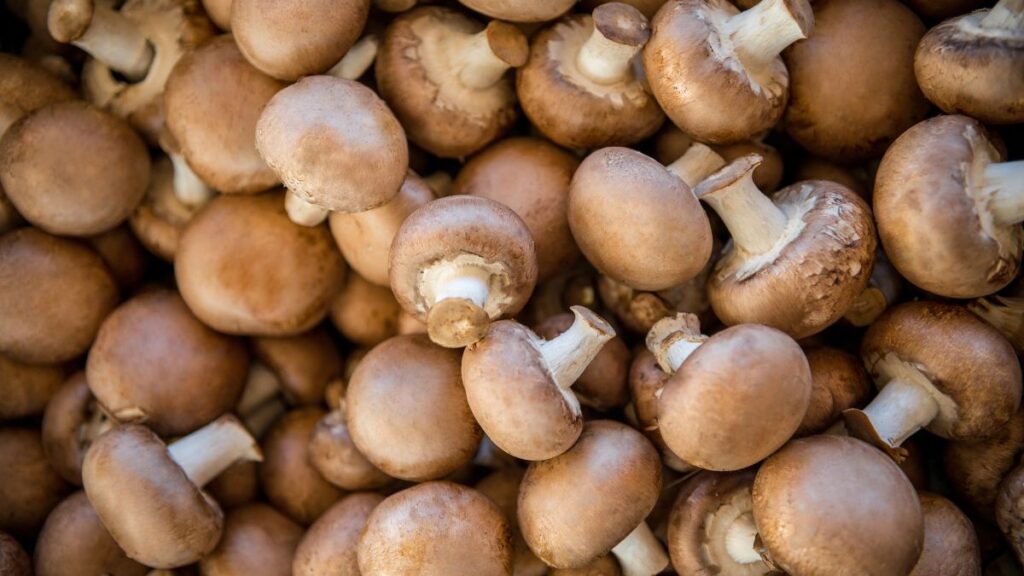
Mushroom-based meat alternatives, often made from fungi like mycelium, are gaining attention as a sustainable food option. These products have a meaty texture and are rich in protein, fiber, and other nutrients, making them a great alternative to animal meat.
Mushrooms grow quickly and require fewer resources than livestock, making them an eco-friendly option. Several companies are already producing mushroom-based burgers and steaks, and the market for this food is expected to grow. In the next decade, you may find yourself swapping beef for mushrooms in more of your favorite dishes.
Lab-Grown Coffee
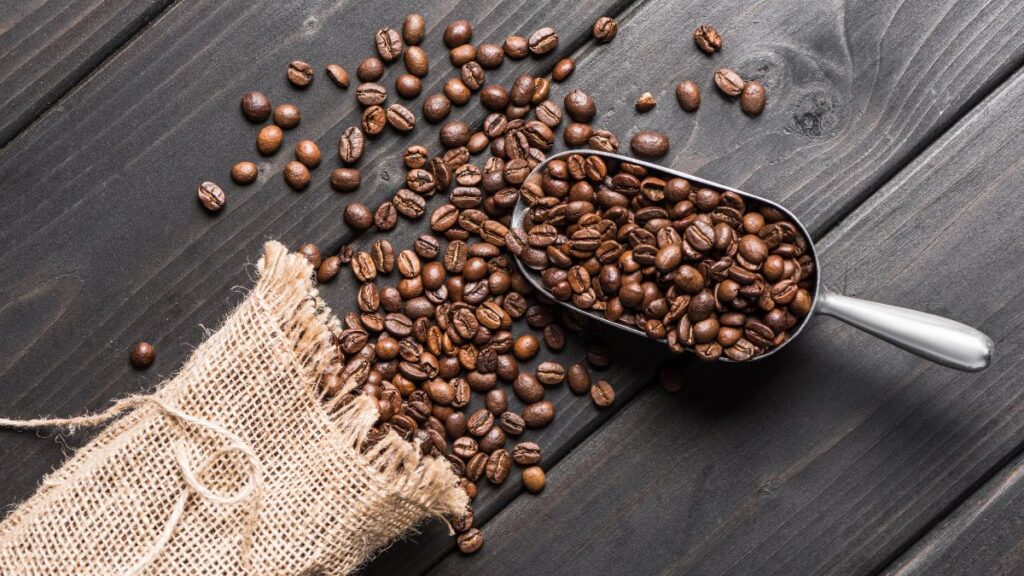
Coffee lovers may soon be able to enjoy their favorite drink without the environmental cost of traditional coffee farming. Lab-grown coffee is made by culturing coffee plant cells in a lab, producing the same flavors and caffeine content as naturally grown coffee.
This method could help combat deforestation and the negative environmental effects of coffee farming. Lab-grown coffee is still in development, but it holds promise as a sustainable solution for the coffee industry. In the future, your morning cup of coffee could be brewed from lab-grown beans.
Synthetic Wine
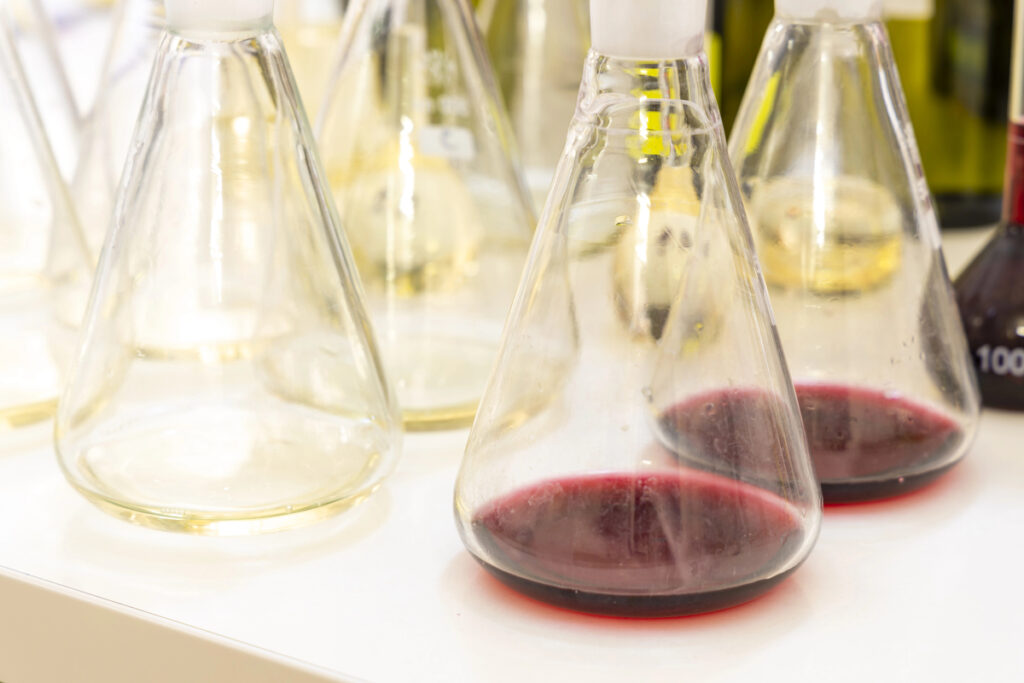
Just like lab-grown meat and dairy, synthetic wine is made without traditional farming. Scientists are using fermentation techniques to create wine from yeast and other ingredients, mimicking the flavors of grapes.
Synthetic wine could reduce the environmental impact of vineyards and provide more consistent flavors year-round. This technology also allows winemakers to experiment with new flavors and styles.
While it may sound futuristic, synthetic wine could soon be available at your local wine shop or restaurant, offering a unique twist on your favorite drink.
Air-Based Protein
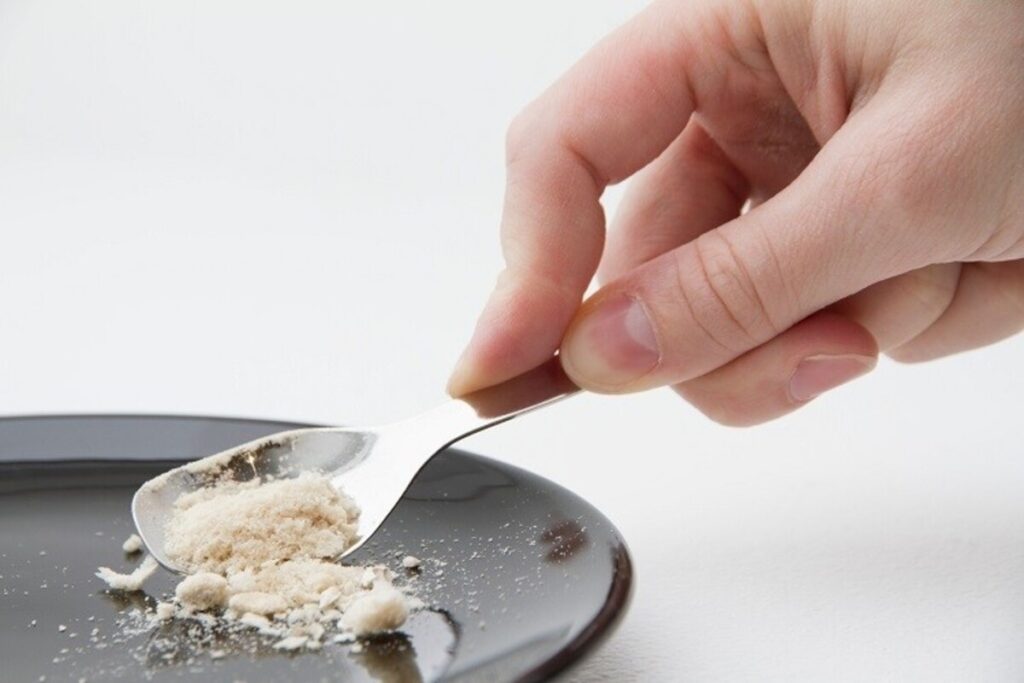
Air-based protein is a new development where scientists use air, water, and renewable energy to create a protein-rich flour. This protein can be used to make a variety of foods, from bread to snacks, with a minimal environmental footprint.
It’s a completely new way of producing protein that doesn’t require farming or large amounts of land. Some companies are already working on air-based protein products, and in the next decade, they could become a common ingredient in plant-based foods. This innovative protein source could help sustainably feed the world.
Seaweed Snacks
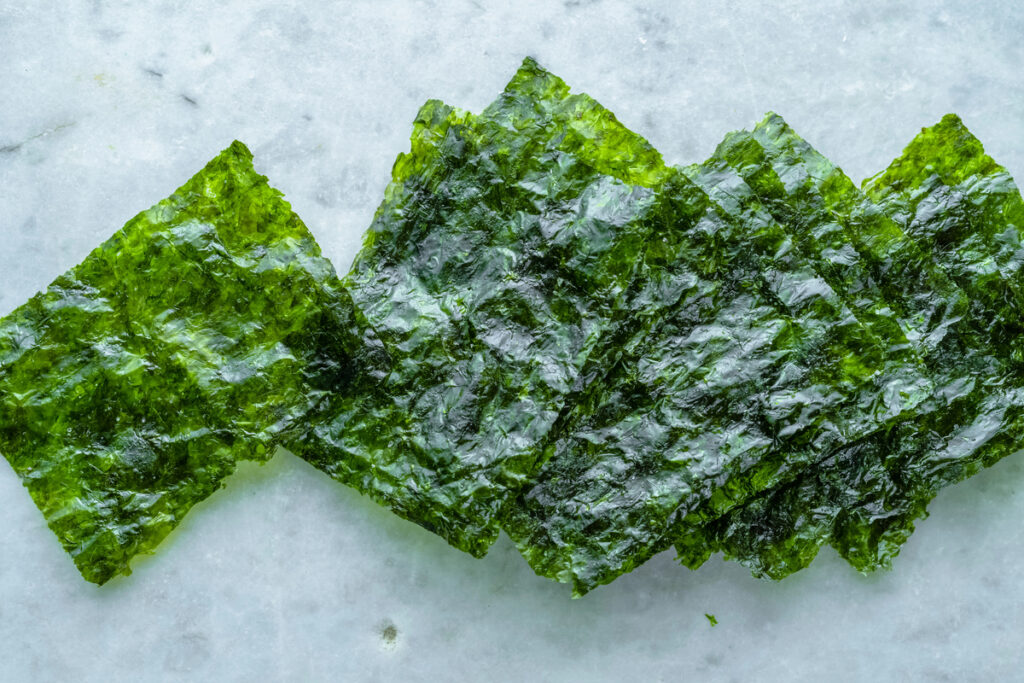
Seaweed is rich in vitamins, minerals, and antioxidants, and it’s already used in sushi and as a seasoning. However, due to its sustainability and health benefits, seaweed could become a more prominent snack food in the future.
It grows rapidly and doesn’t require fresh water or fertilizers, making it an eco-friendly option. Seaweed snacks, chips, and even noodles are being developed to meet the growing demand for healthy, plant-based foods.
In the next decade, you might find yourself reaching for a bag of seaweed chips instead of potato chips.
Vertical Farming Produce
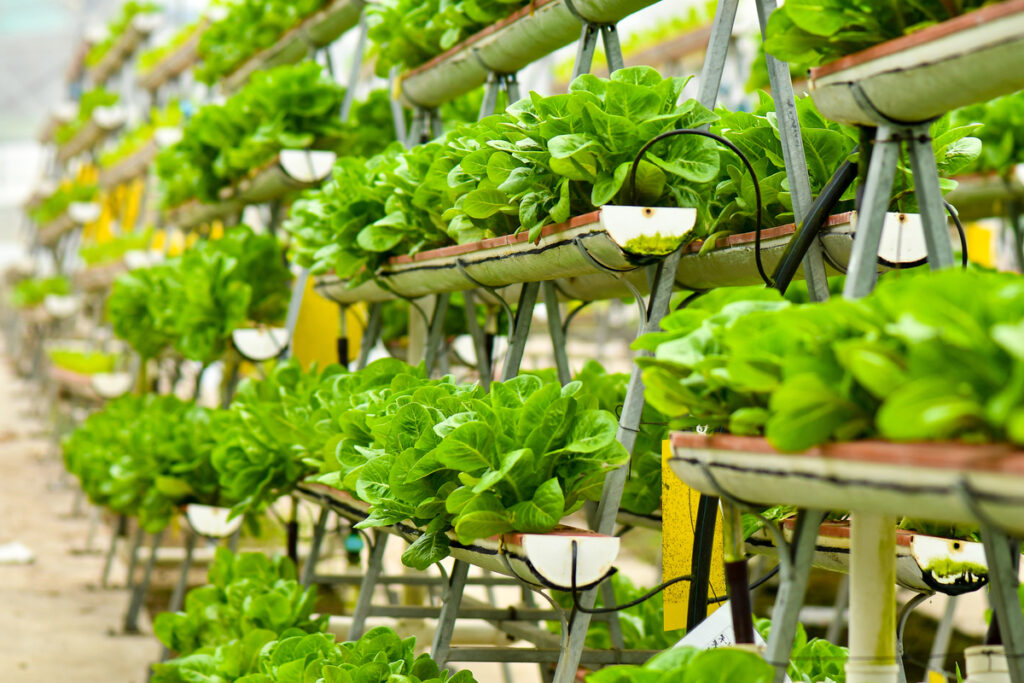
Vertical farming allows crops to be grown in stacked layers, often indoors, using LED lighting and minimal water. This method reduces the need for land and water while increasing crop yields, making it an efficient way to produce fresh produce in urban areas.
Vertical farms are already being set up in cities around the world, and in the future, they could provide locally grown vegetables year-round. In the next decade, you might be buying lettuce, tomatoes, and herbs grown in a high-tech vertical farm just around the corner.
Cultured Chocolate
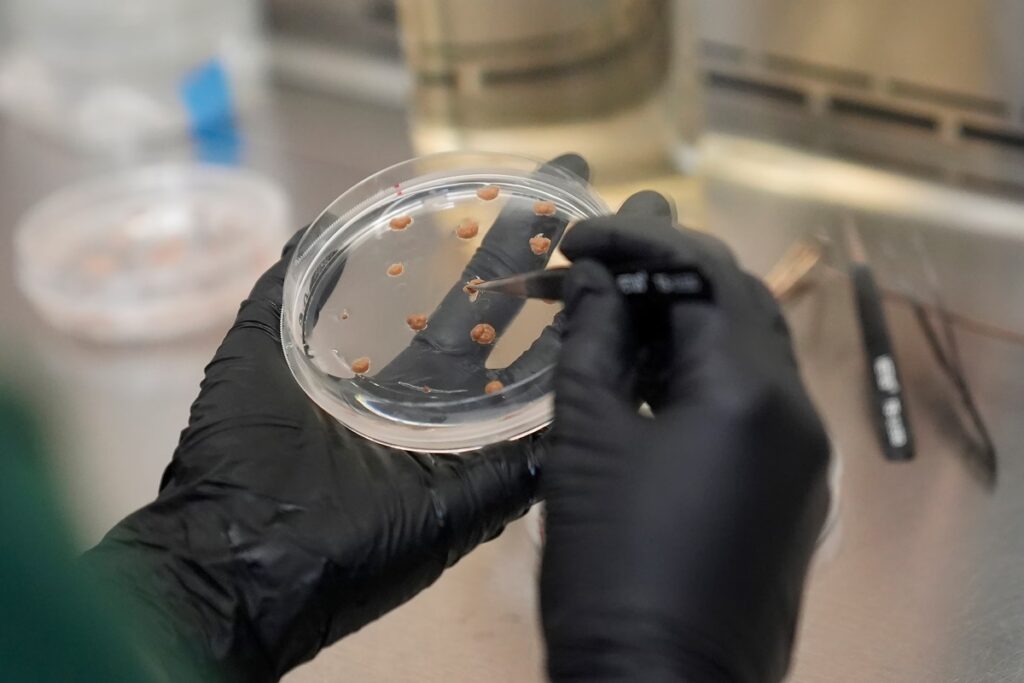
Chocolate lovers may soon be able to indulge in guilt-free treats with cultured chocolate. Scientists are working on creating cocoa-free chocolate by using fermentation techniques that replicate the taste and texture of real cocoa.
This method could help reduce deforestation caused by cocoa farming and provide a more sustainable way to produce chocolate. Cultured chocolate is still in its early stages, but it holds promise for the future.
Within the next ten years, you might be enjoying a bar of chocolate made entirely in a lab, without any of the environmental drawbacks.
15 Grocery Items to Stock Up On Before Winter Price Hikes

As winter draws near, temperatures rise, as do grocery prices. The colder months often bring higher food costs due to increased demand, supply chain challenges, and seasonal shortages. To avoid the shock of winter price hikes, stock up on certain pantry staples and essential items.
15 Grocery Items to Stock Up On Before Winter Price Hikes
15 Places Where You’re Expected to Tip—But You Really Don’t Have To

Tipping has become a widespread practice in many industries, with the expectation that you’ll leave a little extra for good service. However, not every situation truly warrants a tip, even if you feel pressured to give one.
15 Places Where You’re Expected to Tip—But You Really Don’t Have To

